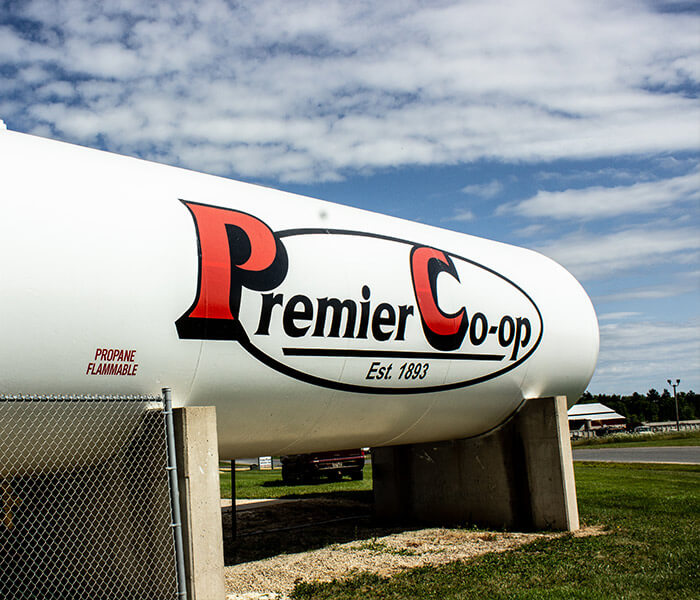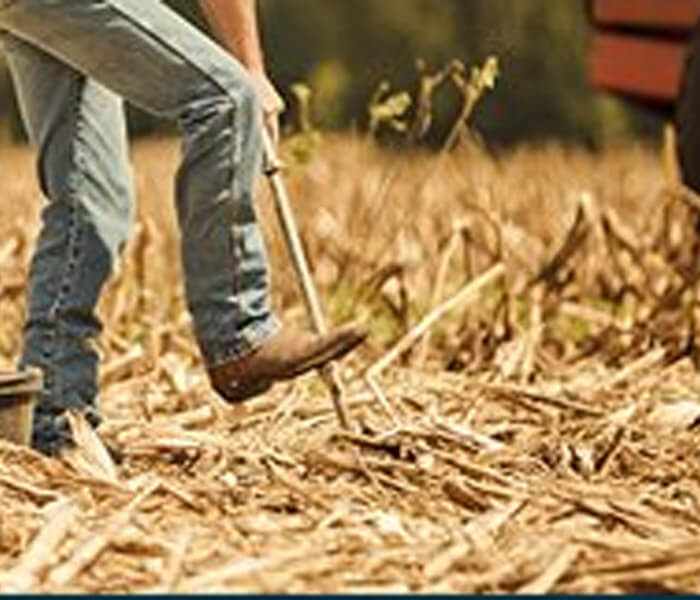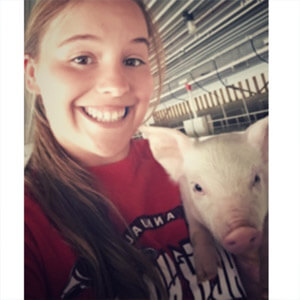Premier Co-op

April Energy News
Remember last month when I was talking smack about winter being over? I wasn’t ready to accept it and when I heard a blizzard was raging in the upper peninsula of Michigan the fir...

Soil sampling is essential for developing an effective fertility plan for your operation. Take advantage of these three benefits by sampling your fields this fall.
Sampling in the fall means that you’ll have test results well before spring planting begins. That extra time will help allow you to consult with your agronomist to plan and secure the fertilizers you’ll need before things get hectic in the spring. You may even be able to apply nutrients, such as phosphorus and potassium, in the fall to spread out the workload and ensure they are available in the spring.
By sampling your fields after harvest, you’re able to better understand where nutrients were removed. This gives you the ability to compare yield data with your soil fertility to make the proper adjustments based on yield zones.
Purchasing fertilizer in the fall or winter could potentially lead to cost savings compared to the spring, when crop nutrients tend to be in the highest demand. Having sampling data this fall gives you greater flexibility in deciding when to purchase the nutrients your fields need.
Read more about Fall soil prep from Winfield United's Jon Zuk here or use the form below to contact an agronomist to help plan your sampling strategy and get a head start on fertilization for next season.
